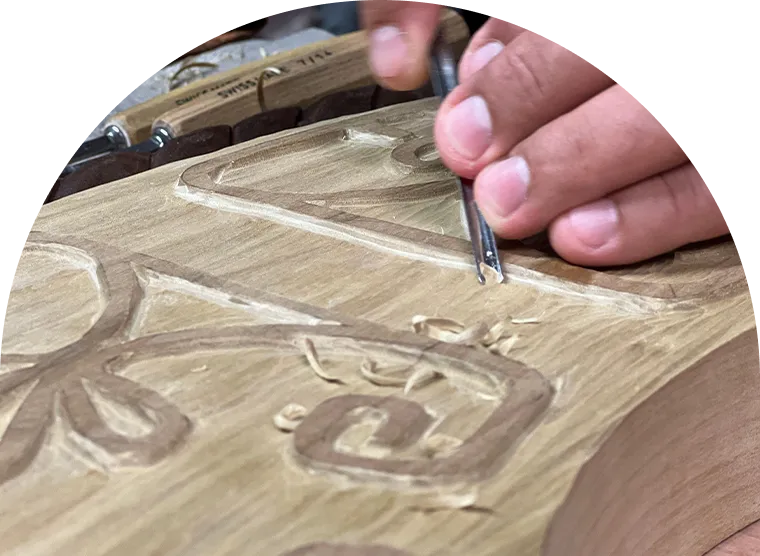Exhibitions bring an interpretive plan to life through tactile and interactive elements, immersive photography, illustrations, video, and sound. EFI and the Wabanaki Advisory Board chose WeShouldDoItAll (WSDIA) as the right design firm to join the team, based on the firm's commitment to cross-cultural collaboration and design accomplishments. Ongoing dialogue with the Wabanaki Advisory Board ensured clear communication, ultimate respect and understanding, encouraged decolonization, and prevented cultural appropriation within the design process. Rather than the standard practice of a lead exhibition writer coming from the design firm, WSDIA welcomed Wabanaki Advisory Board member Jennifer Neptune, Penobscot, in that role.
Spending countless hours together on the project site, in creative workshops, break out teams, in Zoom meetings, on Slack, and solo in their studios, the collective expertise was brought to light. Gradually, the exhibition design emerged, and more and more became visible.
“I hope that Wabanaki tribal members are able to see themselves reflected in the exhibits and be proud of who they are and the culture that our ancestors saved for us. I hope that all visitors come away with a deeper understanding, respect, and relationship to these woods and waters and to the places they call home.” - Jennifer Neptune, Penobscot
In the end, the exhibition generously welcomes visitors to Katahdin Woods and Waters while celebrating the resilience, creativity, and contributions of ancestors and Wabanaki people today and into the future.


Tekαkαpimək, Credit: James Florio
Creative Program
Recommended by members of the Wabanaki Advisory Board, artists representing each of the four Wabanaki Nations created commissioned works of art that are integrated with the building architecture, landscape design, and exhibition themes. These works of master craftsmanship intuitively engage people with Wabanaki symbols, language, and culture as visitors move among themed areas relating to the monument’s lands, waters, and its many inhabitants. While the completed works will be transferred to the Department of the Interior, individual artists shall retain their associated intellectual property and rights.
The deeply symbolic and time-honored double curve design appears throughout Tekαkαpimək. The Wabanaki Advisory Board worked with artist and historian James Eric Francis Sr., Penobscot, to create new double curves. These were then combined into a unified circular design to symbolize the strength of the tribes united in support of each other, yet each separate, sharing history, kinship ties, culture, and connections. The individual double curves and unified design appear in overt and subtle ways: etched in granite as the centerpiece of the eastern Gathering Circle; cast in bronze as entry, interior, and balcony door handles carved by Gabriel Frey, Passamaquoddy; installed in a water station area on ceramic tiles handmade by Wabanaki artisans; on exterior signage; and incorporated as features to be discovered in additional works.


Tekαkαpimək, Credit: James Florio


Gabriel Frey, Passamaquoddy, carves the wooden mold for casting the bronze door pulls of Tekαkαpimək Contact Station, Credit: Erin Hutton


Gabriel Frey, Passamaquoddy, with his wood carvings for door handle casting, Credit: Erin Hutton


Finished door handle casting, Credit: James Florio
As visitors move through the Contact Station building they are oriented to the Penobscot Watershed. Concrete etched tiles spanning Tekαkαpimək’s floor area depict a map from the river’s headwaters, past Katahdin, to the Penobscot Bay estuary. Essential landmarks, placenames, and elements, such as portage routes, are featured. Researched, designed, and drawn by James Eric Francis, Sr., Penobscot, and fabricated by Spring Valley Corp., the floor design highlights that waterways are central to Katahdin Woods and Waters National Monument and to an ongoing way of life.
.jpg)

Tekαkαpimək Penobscot River floor map, artwork by James Eric Francis, Sr., Penobscot, Credit: Jason Pardilla, Penobscot


James Eric Francis, Sr., Penobscot, drafting the Tekαkαpimək Penobscot River floor map, Credit: Jason Pardilla, Penobscot
Over the Contact Station welcome and information desk, a rippling woven copper ceiling showcases the talent and artistry of basket techniques adapted by a team of Wabanaki weavers. The integration of startlingly beautiful weaving into the ceiling and wall of the main reception space communicates "we are still here."


Tekαkαpimək welcome and information desk, Credit: James Florio

Interpretation and Exhibition Design
Tekαkαpimək's exhibits serve as a gateway, orienting visitors to the monument and inspiring exploration of Katahdin Woods and Waters. Showing peaks, trails, rivers, and celestial panoramas, exhibits celebrate the land and its non-human relatives, offering a view of changing foliage and brilliant night skies. Interpretation is rooted in Wabanaki perspective—focusing on culture, knowledge, language, arts, and heritage—presented in a contemporary context. This honors the past and today’s vibrant, sustainable Wabanaki communities moving forward.
Interpretive themes and the Exhibition Plan were co-created with Wabanaki and other regional partners, Penobscot exhibition writer Jennifer Neptune, Tūhura Communications, Elliotsville Foundation, and the National Park Service. Exhibition design was led by Erin Hutton Projects of Maine and WeShouldDoItAll (WSDIA), with fabrication by Split Rock Studios and Wabanaki artisans.
All Wabanaki Cultural Knowledge and Intellectual Property shared within this project is owned by the Wabanaki Nations.


Tekαkαpimək Black Bear Sculpture: Tim Shay, Penobscot , Credit: James Florio
Contributing Artists
Double Curve Bronze Door Handles: Gabriel Frey, Passamaquoddy
Double Curve Design: Wabanaki Advisory Board with James Eric Francis, Sr., Penobscot
Penobscot Watershed Floor Map: James Eric Francis, Sr., Penobscot
Fireplace Storytelling Art & Poetry: Exhibition Writer, Jennifer Sapiel Neptune, Penobscot
Birchbark Canoe: Ruben “Butch” Phillips, Penobscot
Talking Sticks: Erik Sappier, Penobscot
Beaded Bag: Jennifer Sapiel Neptune, Penobscot
Canoe Paddles: Joe Dana, Penobscot
Pack Basket: Richard Silliboy, Mi’kmaq
Canoe Setting Pole: Jason Pardilla, Penobscot
Mini Birch Bark Canoes: Gayle Phillips, Penobscot
Hiking Stick: Erik Sappier, Penobscot
Root Club: Erik Sappier, Penobscot
Clay Mural: Suzanne Greenlaw, Maliseet
Atlantic Salmon Sculpture: Tim Shay, Penobscot
Carvings - Face: Luke Joseph, Maliseet
Carvings - Eagle: Darrell Clement, Mi’kmaq
Fishing Spear: Jason Pardilla, Penobscot
Water Famine Painting: James Eric Francis, Sr., Penobscot
Katahdin from the West Branch of the Penobscot, Painting, 1870: Vigil Williams 1830–1886
Clay Mural: Gabriel Frey, Passamaquoddy
Black Bear Sculpture: Tim Shay, Penobscot
Artisan Clay Tiles:
Fiddlehead, Katahdin Arctic Butterfly and Ash - Cricket Grifth, Maliseet
Flag Root - Gabriel Frey, Passamaquoddy
Bear and Katahdin - Natalie Dana-Lolar, Passamaquoddy/Penobscot
Pollock, Whale Tail and Canoe - Stephanie Francis Soctomah, Passamaquoddy
Canadian Lily and Salmon - Suzanne Greenlaw, Maliseet
Mi'kmaq Double Curve - Tania Morey, Mi'kmaq/Maliseet
Owl - Nolan Altvater, Passamaquoddy
Reflections of a Woodland Walk, Wallpaper Mural: Sarah Sockbeson, Penobscot
Sweetgrass Braid Bronze Handles: Gabriel Frey, Passamaquoddy
Copper Desk Weaving: Gabriel Frey, Passamaquoddy; Geo Neptune, Passamaquoddy; Richard Silliboy, Mi’kmaq; Sarah Sockbeson, Penobscot; Shane Perley-Dutcher, Wolastoq (Maliseet), Neqotkuk Wolasqiyik (Tobique First Nation) in New Brunswick
Welcome Desk Carved Fish: Shane Perley-Dutcher, Wolastoq (Maliseet), Neqotkuk Wolasqiyik (Tobique First Nation) in New Brunswick
Indigenous Language Speakers: Carol Dana, Penobscot; John Dennis, Mi’kmaq; Newell Lewey, Passamaquoddy
Exhibition Photography: James Eric Francis, Sr., Penobscot; Jason Pardilla, Penobscot; Nolan Altvater, Passamaquoddy; Anita Mueller; Jarrod Rory McCabe and Dominic Francis Casserly: Giant Giants; Mark Picard; Jamie Walter; Jennifer Sapiel Neptune, Penobscot
Illustrations: Rebecca Hoskins (exterior waysides); Madelyn Goodnight, Chickasaw (interior)


 For Artists
For Artists Group
Group Group
Group Group
Group



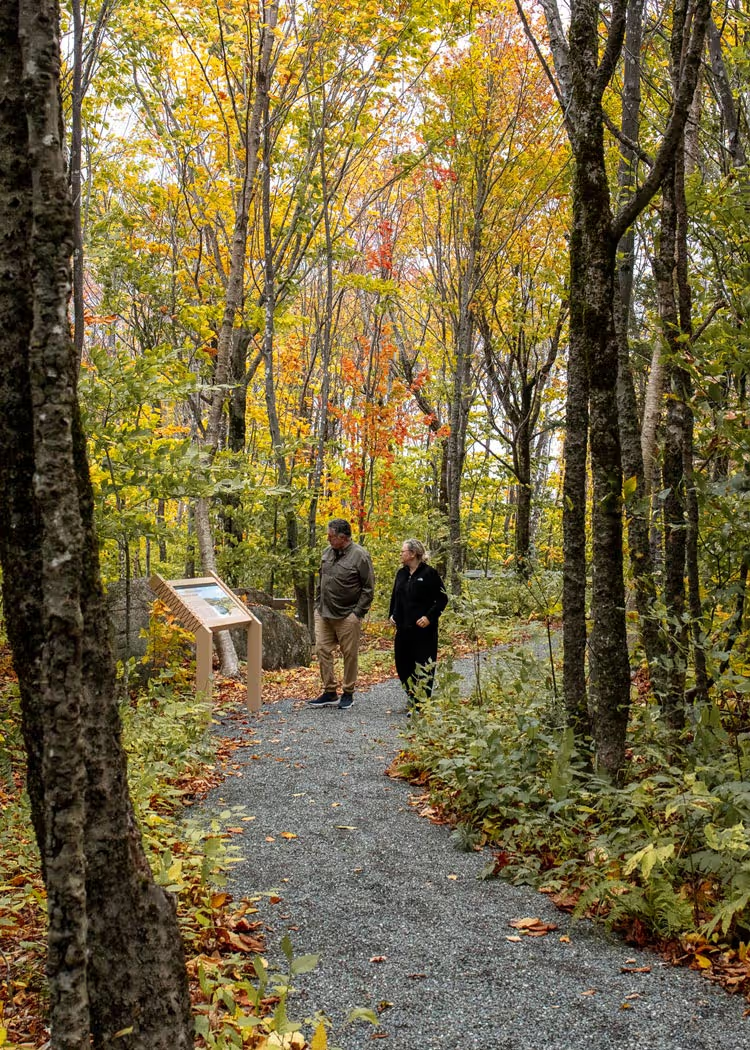



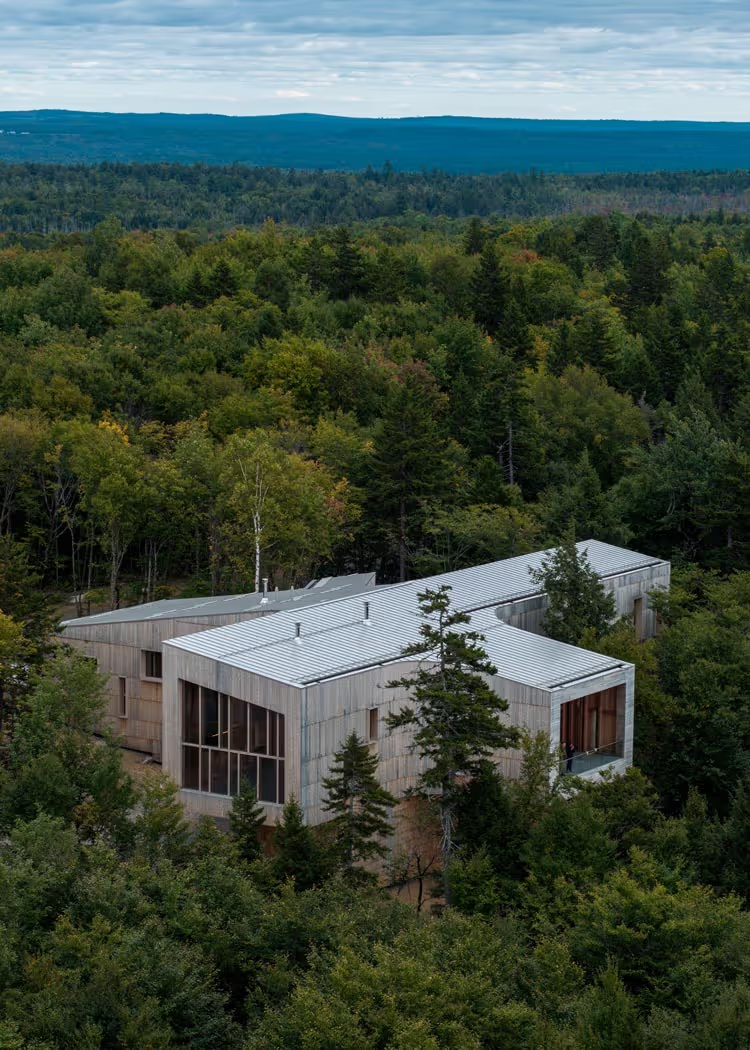









































.avif)

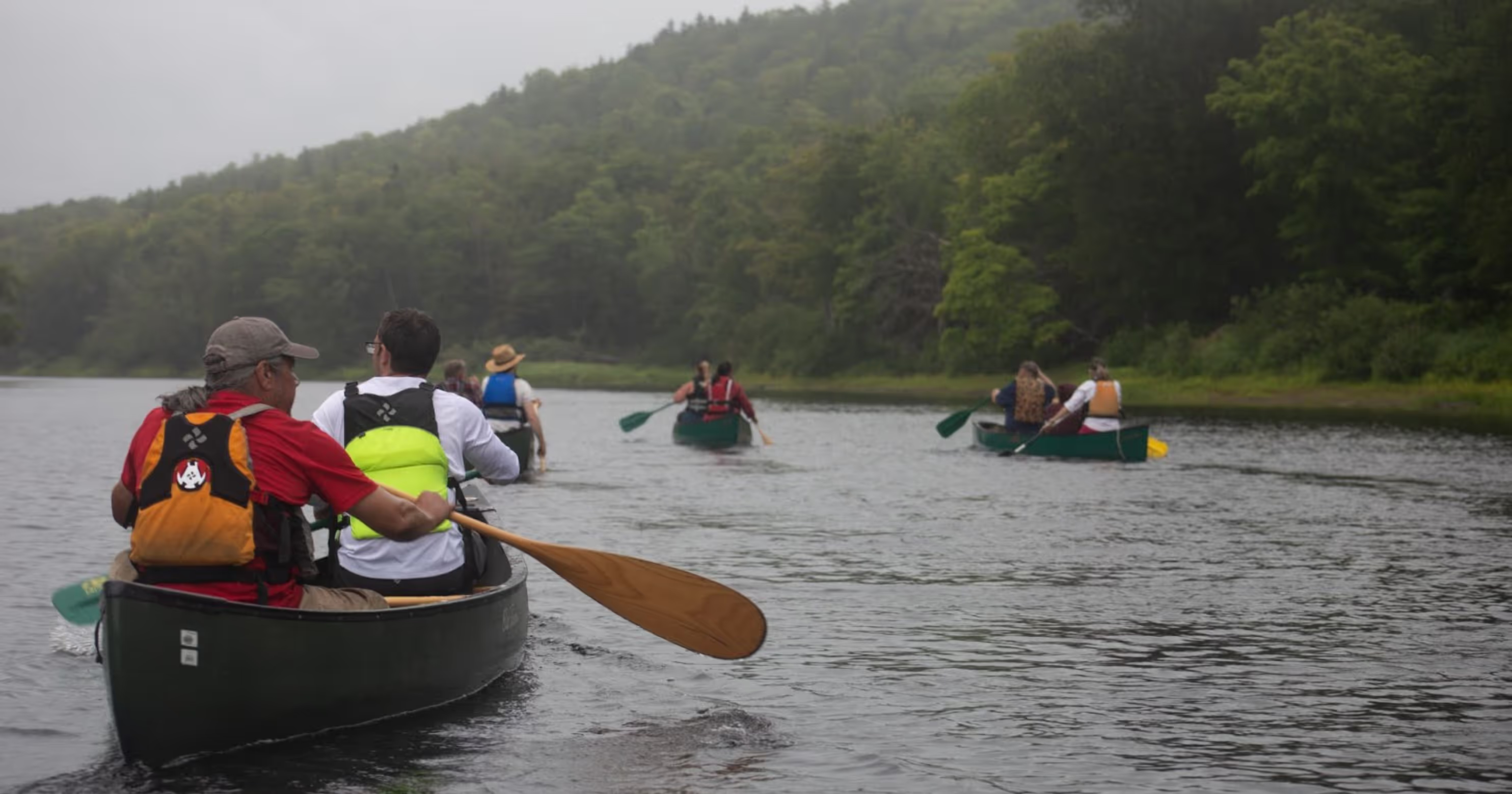




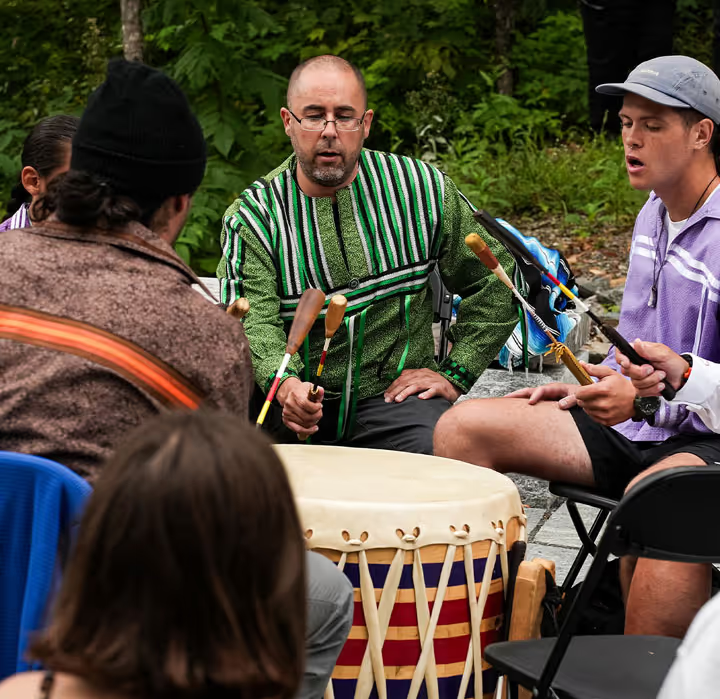










.jpg)










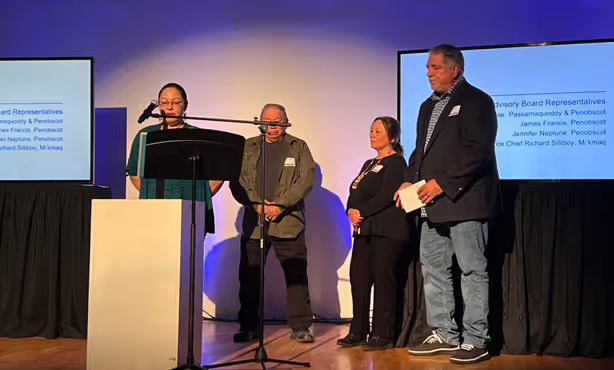
.avif)






